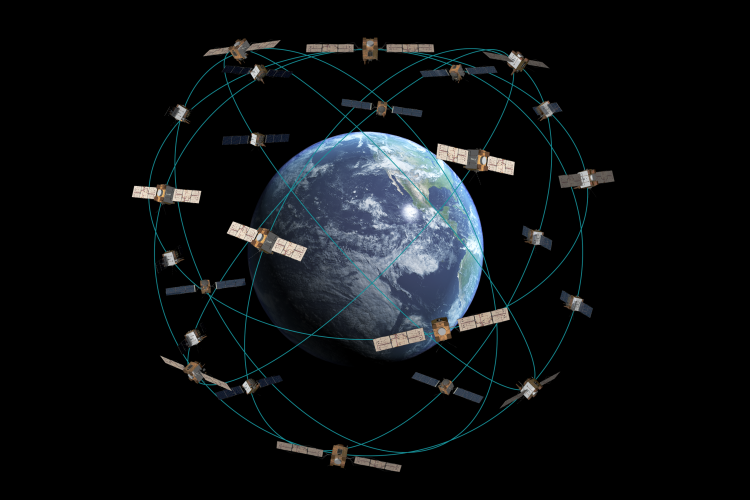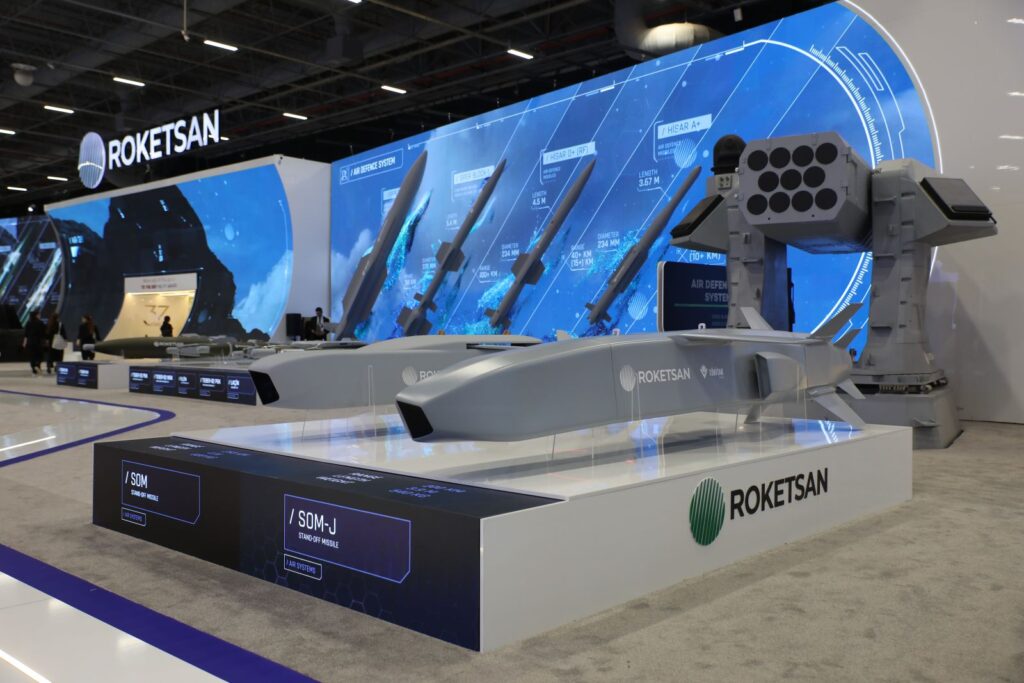Introduction
Imagine standing on a launchpad as a next-generation rocket ignites, feeling the ground rumble beneath your feet while watching humanity’s latest creation defy gravity and pierce the atmosphere. This scene, once reserved for science fiction, has become an increasingly common reality thanks to pioneering organizations like the Aerospace Technologies Group. From commercial spaceflight to advanced satellite systems, the Aerospace Technologies Group is at the forefront of a technological revolution that’s changing how we interact with the skies and stars.
The aerospace industry touches our lives in countless ways that many of us rarely consider – from the GPS systems guiding our daily commutes to the weather satellites predicting tomorrow’s forecast. Behind these technologies stands the innovative work of the Aerospace Technologies Group, pushing boundaries and reimagining what’s possible in aviation and space exploration.
The Aerospace Industry: A Sky-High Overview
The Market Takes Flight
The global aerospace sector is experiencing unprecedented growth, with experts projecting the industry to surpass the $1 trillion mark by 2030. This remarkable expansion is fueled by both traditional aviation advancements and the new space economy, where private investment has dramatically accelerated innovation. In 2024 alone, venture capital funding in space technology reached $6.6 billion across numerous deals, demonstrating strong investor confidence in aerospace’s future.
What’s driving this explosive growth? A convergence of factors has created the perfect conditions for aerospace advancement:
- Decreased launch costs (down to approximately $1,500 per kilogram for some vehicles)
- Improved reliability (with industry-wide success rates averaging 95% annually)
- Increasing government defense priorities
- Miniaturization of satellite technology
- Commercialization of space activities
From Military Origins to Commercial Revolution
The Aerospace Technologies Group’s evolution mirrors the industry’s broader transformation. What began primarily as defense-focused initiatives has expanded to encompass commercial aviation, space tourism, and global communications infrastructure. This shift has democratized aerospace technology, bringing previously unimaginable capabilities to businesses and consumers alike.
Key Innovations Reshaping Aerospace
Next-Generation Propulsion Systems
The Aerospace Technologies Group has made remarkable strides in developing propulsion technologies that combine performance with sustainability. Companies like Vaya Space exemplify this progress with innovative systems that use liquid oxidizer and solid fuel, incorporating non-toxic propellants that reduce environmental impact. Remarkably, each launch utilizes 7.8 metric tons of recycled post-industrial plastic, simultaneously addressing waste management challenges while enabling space access.
This represents a significant departure from traditional rocket fuels, which often contained highly toxic components like hydrazine. The Aerospace Technologies Group’s commitment to environmentally conscious propulsion technologies signals a new era in responsible space exploration.
Advanced Materials Revolution
The materials used in aerospace applications must withstand extreme conditions while remaining lightweight—a challenging combination that has driven significant innovation. The Aerospace Technologies Group has pioneered developments in:
- High-performance alloys resistant to extreme temperatures
- Carbon fiber composites for structural components
- Specialized coatings that protect against radiation and debris
- 3D-printed aerospace components that reduce weight while maintaining strength
Companies like Howmet Aerospace have become integral to this material revolution, supplying critical engine components, structural parts, and defense solutions. Their expertise in specialized alloys and manufacturing techniques has enabled aircraft to fly higher, faster, and more efficiently than ever before.
Autonomous Navigation Systems
One of the most transformative developments in recent years has been the advancement of autonomous navigation capabilities. The Aerospace Technologies Group has developed novel frameworks for autonomous navigation, particularly in cislunar space—the area between Earth and the Moon. These systems enable spacecraft to determine their position, avoid obstacles, and execute complex maneuvers with minimal human intervention.
This technology is particularly crucial for upcoming lunar missions and eventual Mars exploration, where communication delays make real-time control from Earth impractical. By enhancing autonomy, the Aerospace Technologies Group is laying the groundwork for humanity’s sustained presence beyond our planet.
Satellite Constellation Networks
Perhaps no aerospace innovation has more direct impact on daily life than the proliferation of satellite constellation networks. These interconnected systems of small satellites work in tandem to provide global coverage for communications, observation, and navigation services.
The Aerospace Technologies Group has been instrumental in developing:
- Miniaturized satellite components that reduce launch costs
- Inter-satellite communication protocols
- Ground station networks that maximize data throughput
- AI-powered data processing systems that convert raw satellite data into actionable insights

Real-Life Applications of Aerospace Technologies
For Everyday Consumers
The innovations developed by the Aerospace Technologies Group have transformed from specialized military applications to everyday tools we all rely on. GPS navigation, once exclusively available to military personnel, now guides billions of smartphone users daily. Weather forecasting has achieved unprecedented accuracy thanks to advanced meteorological satellites. Even internet access has been revolutionized through satellite broadband services that connect the most remote regions on Earth.
As consumer drone technology advances, we’re also seeing aerospace innovations scale down to personal devices. The same stabilization systems and autonomous navigation capabilities that guide spacecraft are now helping hobbyists capture stunning aerial photography and businesses conduct efficient inspections of infrastructure.
For Business Operations
For businesses, aerospace technologies have opened new frontiers of opportunity. Companies across sectors leverage satellite imagery for everything from agricultural optimization to supply chain management. The transportation industry has been particularly transformed, with real-time tracking of vehicles and cargo now standard practice globally.
The Aerospace Technologies Group’s work in data analytics has also proven invaluable for business intelligence. The Spectrum Electromagnetic Interference (EMI), Awareness, and Response (SPEAR) Team exemplifies this approach, collecting and analyzing complex data to inform actionable business decisions.
For National Defense
The defense sector continues to be a primary beneficiary of aerospace innovation. The Aerospace Technologies Group collaborates closely with defense agencies to develop technologies that enhance national security, from advanced reconnaissance systems to sophisticated missile defense platforms.
This relationship has evolved into a mutually beneficial partnership where commercial innovation accelerates defense capabilities while defense investments help scale promising technologies. Programs like the TRL Bootcamp, a collaboration between Aerospace and SpaceWERX, exemplify this approach by fast-tracking commercial technologies to meet evolving national security needs.

The Future of Aerospace Technologies
Commercial Space Tourism
The next decade will likely see space tourism transition from novelty to established industry. The Aerospace Technologies Group is developing technologies to make space travel safer, more comfortable, and increasingly affordable. While still limited to the wealthy in 2025, industry projections suggest that by 2030, suborbital flights could become accessible to upper-middle-class consumers, creating an entirely new tourism sector.
Lunar Economy Development
NASA’s Artemis program, supported by technologies from the Aerospace Technologies Group, aims to establish a sustainable human presence on the Moon. This initiative will create unprecedented opportunities for resource utilization, scientific research, and eventually, commercial activities on the lunar surface.
The development of in-space manufacturing capabilities is particularly promising, with companies now exploring how microgravity environments can produce materials with unique properties impossible to create on Earth. As Kevin Bell, Senior Vice President of the Engineering and Technology Group at Aerospace notes, “It’s been an incredible opportunity for Aerospace to share our new innovations and collaborate technically with others.”
Interplanetary Ambitions
Perhaps most ambitious are plans for Mars exploration and eventual settlement. The Aerospace Technologies Group is developing long-duration life support systems, radiation protection technologies, and advanced propulsion methods that could substantially reduce travel time to the red planet. While permanent Mars settlements remain speculative, the technological foundations being laid today will make such missions possible in the coming decades.
Challenges and Limitations
Cost Barriers
Despite significant reductions in launch costs, access to space remains prohibitively expensive for many potential applications. The Aerospace Technologies Group continues to work on more efficient launch systems and reusable components, but achieving truly affordable space access remains a significant challenge.
Regulatory Complexity
As aerospace activities increase, so does the complexity of regulating them. Questions about space traffic management, orbital debris mitigation, and resource utilization rights present serious challenges for the industry. The Aerospace Technologies Group actively participates in developing frameworks and standards to address these emerging issues responsibly.
Environmental Concerns
While newer propulsion systems reduce environmental impact, the carbon footprint of manufacturing and launching aerospace technologies remains substantial. Finding sustainable practices throughout the supply chain represents an ongoing challenge that the industry must address to ensure long-term viability.
International Cooperation
Space exploration and aerospace development increasingly require global collaboration. As Ashley Kowalski, Project Leader in International Partnerships at Aerospace, notes, “Not one country can do this alone. We really do need to rely on our allies and partners.” Navigating geopolitical tensions while maintaining productive international cooperation represents a persistent challenge for the Aerospace Technologies Group and the broader industry.
Conclusion
The Aerospace Technologies Group stands at the vanguard of humanity’s greatest adventure—our expansion beyond Earth and continued mastery of flight. From the smartphones in our pockets to the satellites circling above, aerospace technologies have become integral to modern existence, often in ways we barely notice.
As we look toward the horizon, the innovations being developed today will enable tomorrow’s achievements: regular space tourism, lunar habitation, and eventually, human footprints on Mars. While challenges remain in costs, regulations, and environmental impact, the trajectory is unmistakably upward.
The coming decade promises to be among the most transformative in aerospace history. Those who follow these developments—whether as industry professionals, enthusiastic consumers, or simply curious observers—will witness humanity’s oldest dream of flight extend to its logical conclusion: becoming a truly spacefaring civilization.
Subscribe for more insights into the rapidly evolving aerospace sector, and share your thoughts on how these technologies might reshape our collective future.
Frequently Asked Questions
What exactly is the Aerospace Technologies Group?
The Aerospace Technologies Group encompasses organizations and companies developing cutting-edge aviation and space technologies. These range from traditional aerospace manufacturers to newer commercial space ventures, all working to advance capabilities in flight, space exploration, satellite systems, and defense applications.
How are aerospace technologies affecting everyday life?
Aerospace technologies impact daily life through GPS navigation, weather forecasting, satellite internet, telecommunications, and even the global supply chains that deliver products to your door. The Aerospace Technologies Group’s innovations underpin many services we now take for granted, from checking the weather on your phone to tracking a package in real-time.
Will regular people ever be able to travel to space?
Yes, though timelines remain uncertain. The Aerospace Technologies Group is actively developing technologies to make space tourism accessible to more people. While currently limited to the wealthy, costs are projected to decrease substantially over the next decade as reusable launch systems mature and operations scale up.
What are the most promising areas of aerospace research today?
The most promising research areas include sustainable propulsion systems, advanced materials, autonomous navigation, in-space manufacturing, and lunar resource utilization. The Aerospace Technologies Group is making particularly significant strides in these fields, with practical applications expected to materialize throughout the late 2020s.
How can someone pursue a career in aerospace technologies?
Careers in aerospace span engineering, computer science, materials science, physics, and increasingly, biology and medicine for human spaceflight applications. Educational paths typically involve STEM degrees, though business, legal, and policy roles are also crucial to the industry’s growth. Many aerospace companies offer internships and apprenticeship programs for those looking to enter the field.

